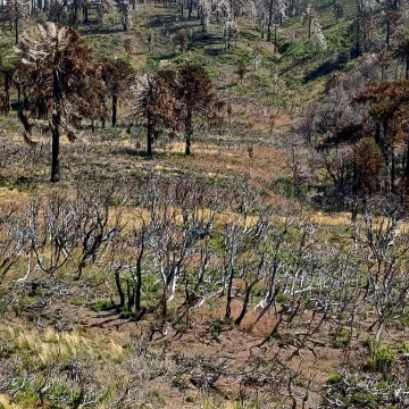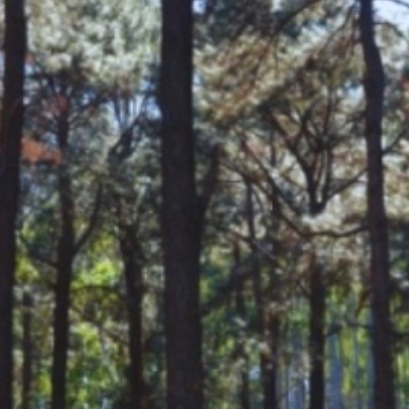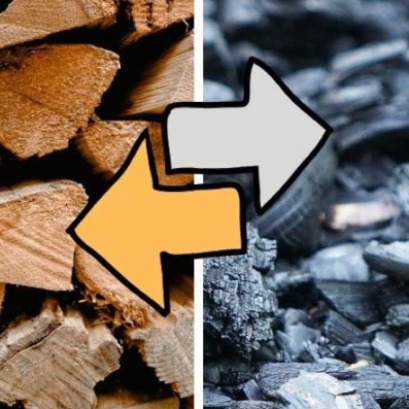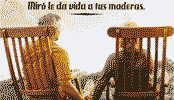
Servint presents its semi -manntic oil for endless mountains
Developed to use in machining in C.N.C. And suitable for lubricating transport or cut chains in the timber industry, the oil AS 200.20/947 Bio, is a soluble cut fluid, bacteriostatic semi -seventh, for the machining of steel, aluminum and smelting.
Some of its main characteristics are the extended lubricating capacity thanks to the long life of machine emulsions. It provides excellent anticorrosive protection and due to its slightly alkaline pH, it reacts with the resin keeping cutting chains clean. It is worth highlighting its stability since the temperature variations do not affect it. Health with health and the environment, does not contain nitrites avoiding the formation of cancer nitrosamines. It has a biodegradability greater than 80% according to IRAM 25,610 standard. In addition, it has resistance to the proliferation of bacteria and fungi. Outstanding other products for sawmills and wood industry: the Kit for Machinery of Cantos Plugs, composed of Stripsil 927 and 928, nonsense and cleaner respectively. The first, is ideal for use before the prepegranted in the upper and lower part of the song of the piece, to prevent the excess glue from adhere. The second, clean and eliminate tail remains. Both products are applied by electronic sprayer.
IT MAY INTEREST YOU
 Specialists from 10 provinces develop forest landscape restoration strategies throughout the country
Specialists from 10 provinces develop forest landscape restoration strategies throughout the country
The program is developed by researchers from INTA, Conicet and the Argentine Wildlife Foundation.
 They promote research in pine resins from the NEA
They promote research in pine resins from the NEA
The forestry industry is one of the most important sectors in the economies of Misiones and Corrientes. Thousands of hectares of pine supply the paper, pulp, boards and sawmill industry. Pinus elliottii, one of the species established in the region, in addition to providing wood, is used to produce resin, a non-wood forest product with high demand in the chemical, pharmaceutical and cosmetic industries. In 2\024, resin extraction of approximately 52,6\0\0 tons was achieved from approximately 18,\0\0\0,\0\0\0 trees in production, generating income and jobs with high expansion potential.
 Canadian researchers make biochar from wood waste that rivals steel in strength
Canadian researchers make biochar from wood waste that rivals steel in strength
Researchers at the University of Toronto have developed monolithic biochar from wood that can reach an axial hardness of up to 2.25 GPa, similar to mild steel.





















